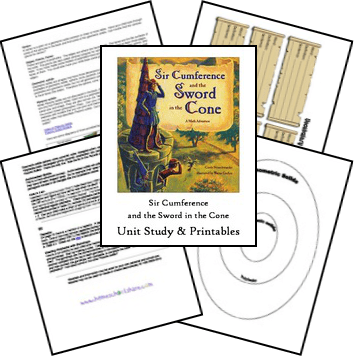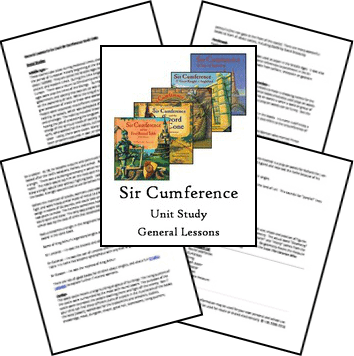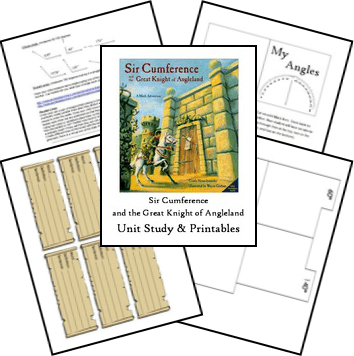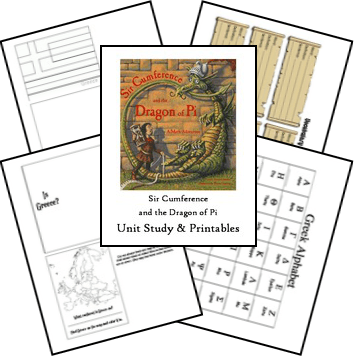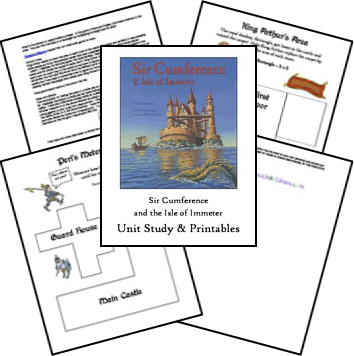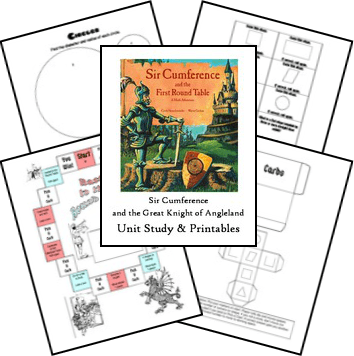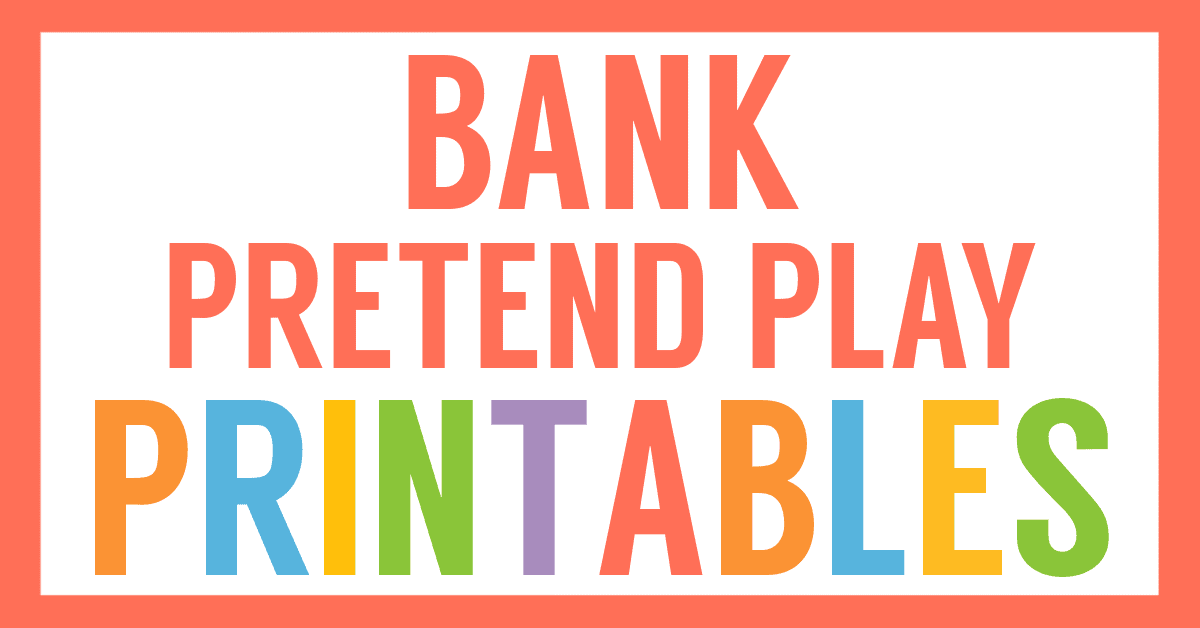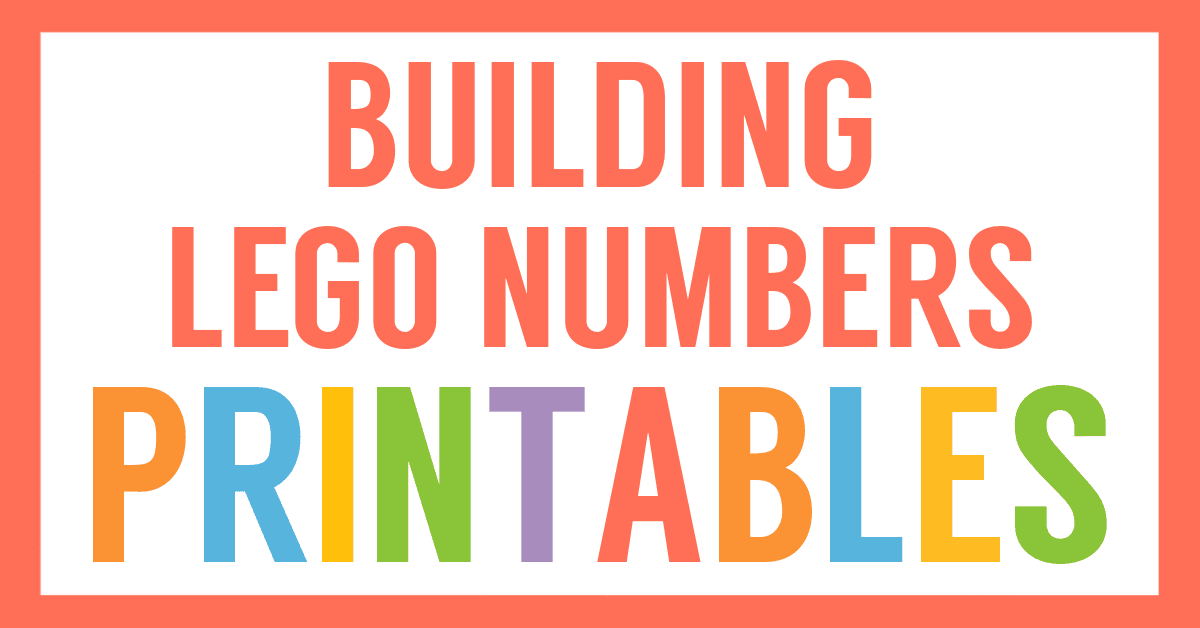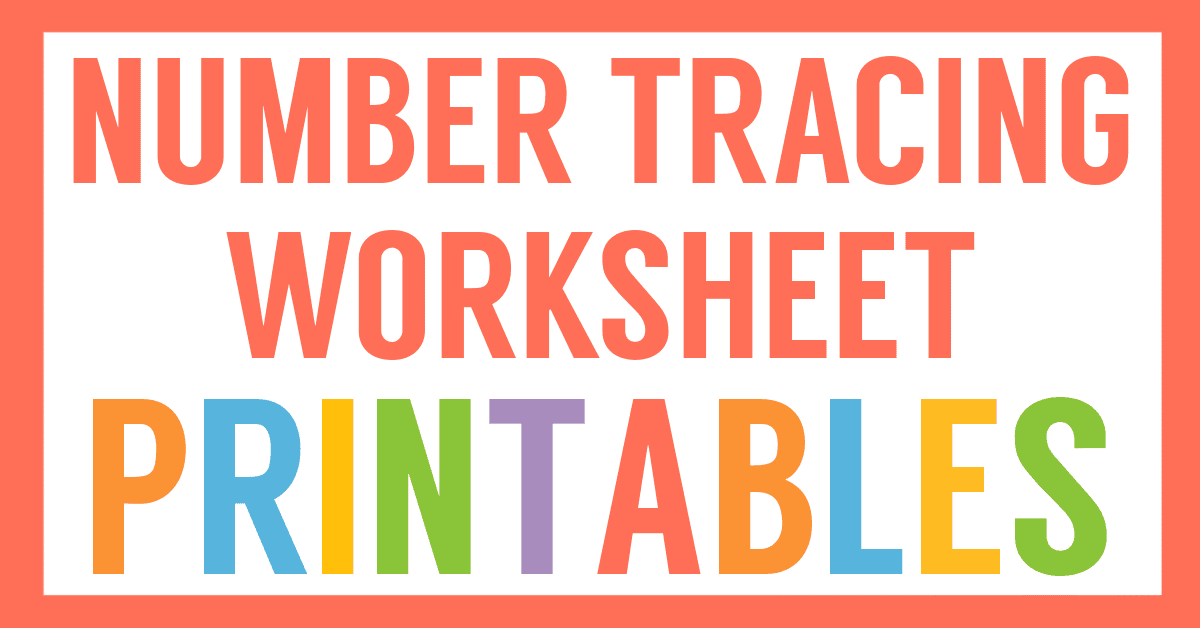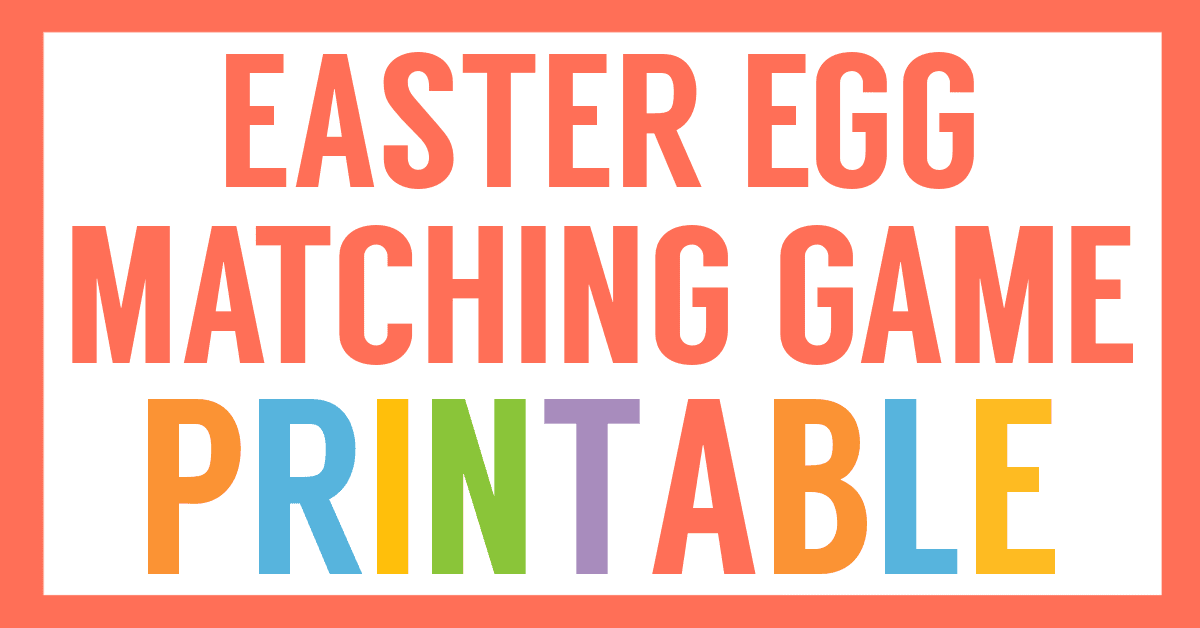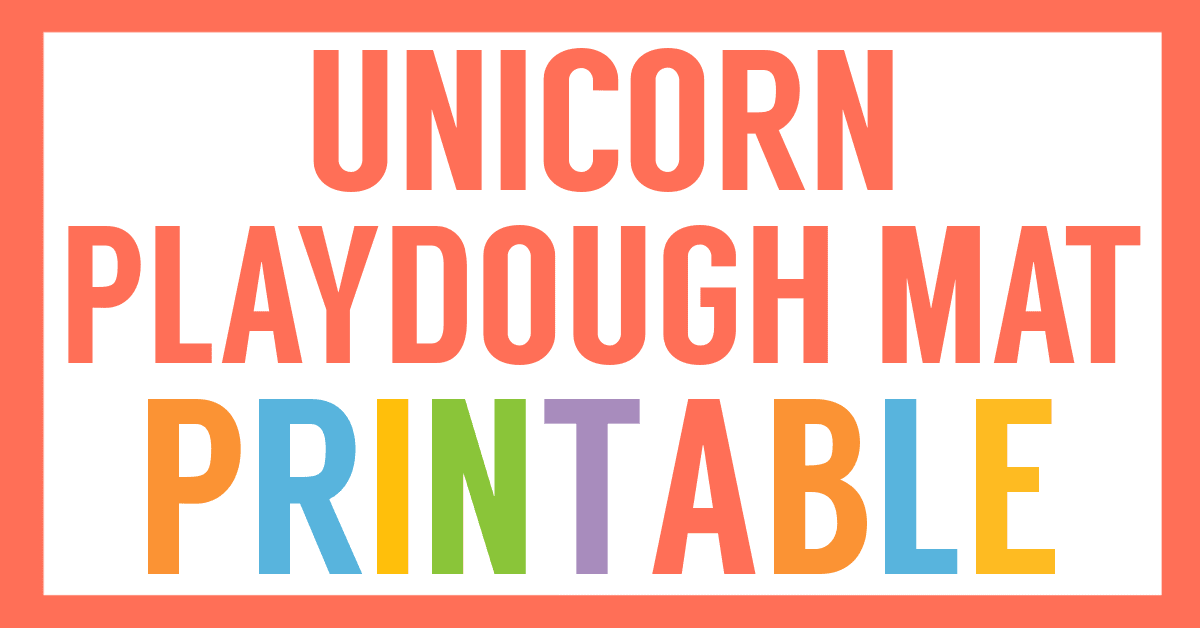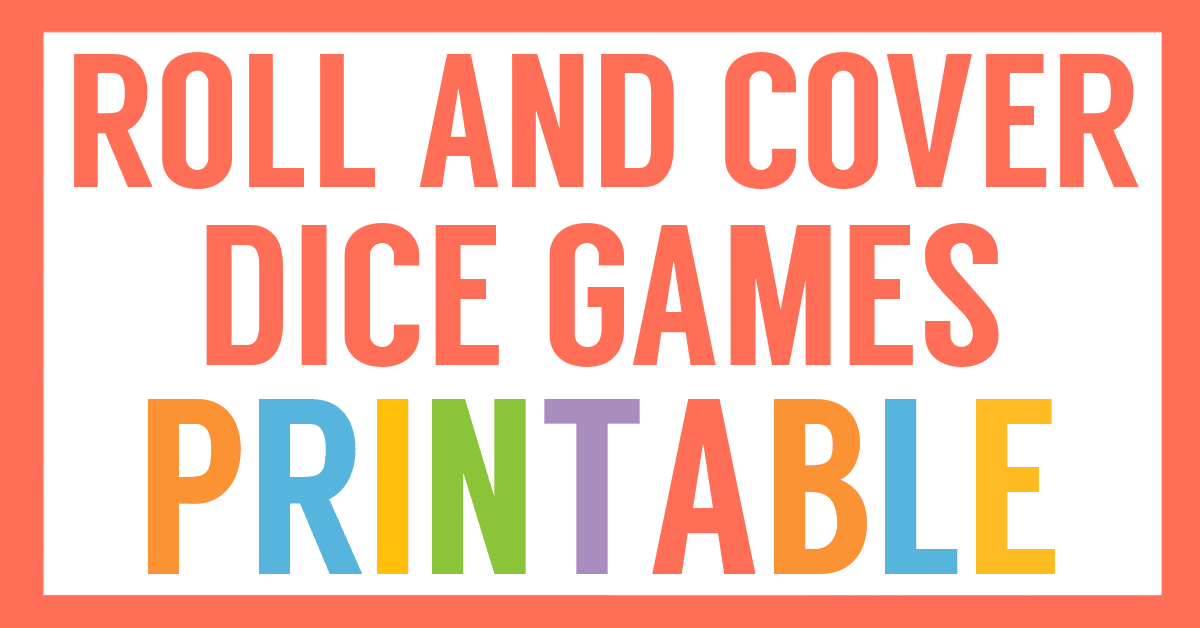Affiliate Disclaimer
We sometimes use affiliate links in our content. This won’t cost you anything, but it helps us to keep the site running. Thanks for your support.
In this Sir Cumference story, Sir Cumference and the Sword in the Cone, King Arthur has hidden his sword, Edgecalibur and issued a challenge to the knights. The first knight to find the sword will be the next king. Can Sir Cumference and Lady Di point Radius’s best friend, Vertex in the right direction? Will Vertex’s sharp thinking give him the edge?
Join Sir Cumference, Lady Di of Ameter, and their son, Radius, in this new adventure where they race to help Vertex find the sword and discover the secrets of cubes, pyramids, cylinders, and cones.
Thanks to Debbie, Wende, and Miriam for creating the Sir Cumference unit studies and printables.
Sir Cumference and the Sword in the Cone Unit Study Lessons
Here are a few of the lessons you will find in this Sir Cumference and the Sword in the Cone unit study:
Polyhedron
Polyhedra (plural for polyhedron) are solid figures having many faces. They have straight sides. Some examples from the book are the cube, triangular prism, rectangular prism, and pyramid. Other examples are the Platonic and Archimedean Solids which are described below.
You might have your child try drawing some of the polyhedra on page 12 in the book. Also, have you child look around the house for examples of the four polyhedra from page 12. Can he/she make a list of items that are shaped like cubes, rectangular prisms, etc.?
Edges, Points, Faces
These are parts of polyhedra. The edges are where two faces meet. The faces are the flat surfaces of the solid. The points are also called vertices (singular for vertex) and are where at least three edges meet. If you have made some models of polyhedra have your student identify the edges, points, and faces of them.
You could also have your child draw some polyhedra and label the points, faces, and edges.
Geometric Solids
Geometric solids are shapes that have three dimensions (height, width, and depth). Here are some examples of geometric solids: sphere, cone, pyramid, cube, etc. It is interesting to note that all polyhedra are geometric solids, but not all geometric solids are polyhedra. By definition polyhedra have to have faces (flat sides). Therefore, the sphere, cone, or cylinder are not polyhedra.
Platonic Solids
While Platonic solids are not discussed in the book, they are polyhedra and a fascinating study. There are only five Platonic solids. Each one is a polyhedron with every face being a regular polygon of the same size and shape. They are also convex (no “dents” or indentations in them). They are named after the ancient Greek philosopher, Plato. Can your child find any Platonic solids in the book? Below are websites with models that you can print and make of the solids. There is also a link above for a cool 9- minute video that describes Platonic solids. Can your child find the vertices, edges, and faces on the solids?
To access all of the lessons in this Sir Cumference and the Sword in the Cone unit study, grab an easy-to-print file at the end of this post.
How to Get Started with the Sir Cumference and the Sword in the Cone Unit Study
Follow these simple instructions to get started with the Sir Cumference and the Sword in the Cone unit study.
- Buy a copy of the book, Sir Cumference and the Sword in the Cone, or borrow one from your local library.
- Print the Sir Cumference and the Sword in the Cone unit study.
- Choose the lessons you want to use with your student (a highlighter works great for this).
- Choose and prepare the printables you want to use with your student.
- Enjoy a week of learning math through literature.
Download Your Sir Cumference and the Sword in the Cone Unit Study and Printables
Simply click on the image below to grab your free Sir Cumference and the Sword in the Cone unit study.
Sir Cumference General Lessons
The unit study writers created a set of general lessons to go with all of the Sir Cumference books. These will help you create a more balanced unit, if you want to incorporate other subjects such as social studies.
You can grab these lessons by clicking on the image below.
Note: These do NOT include the Sir Cumference and the Sword in the Cone unit study.
More Sir Cumference Math Resources
We have five unit studies based on the Sir Cumference books. Be sure to check out the other four:

